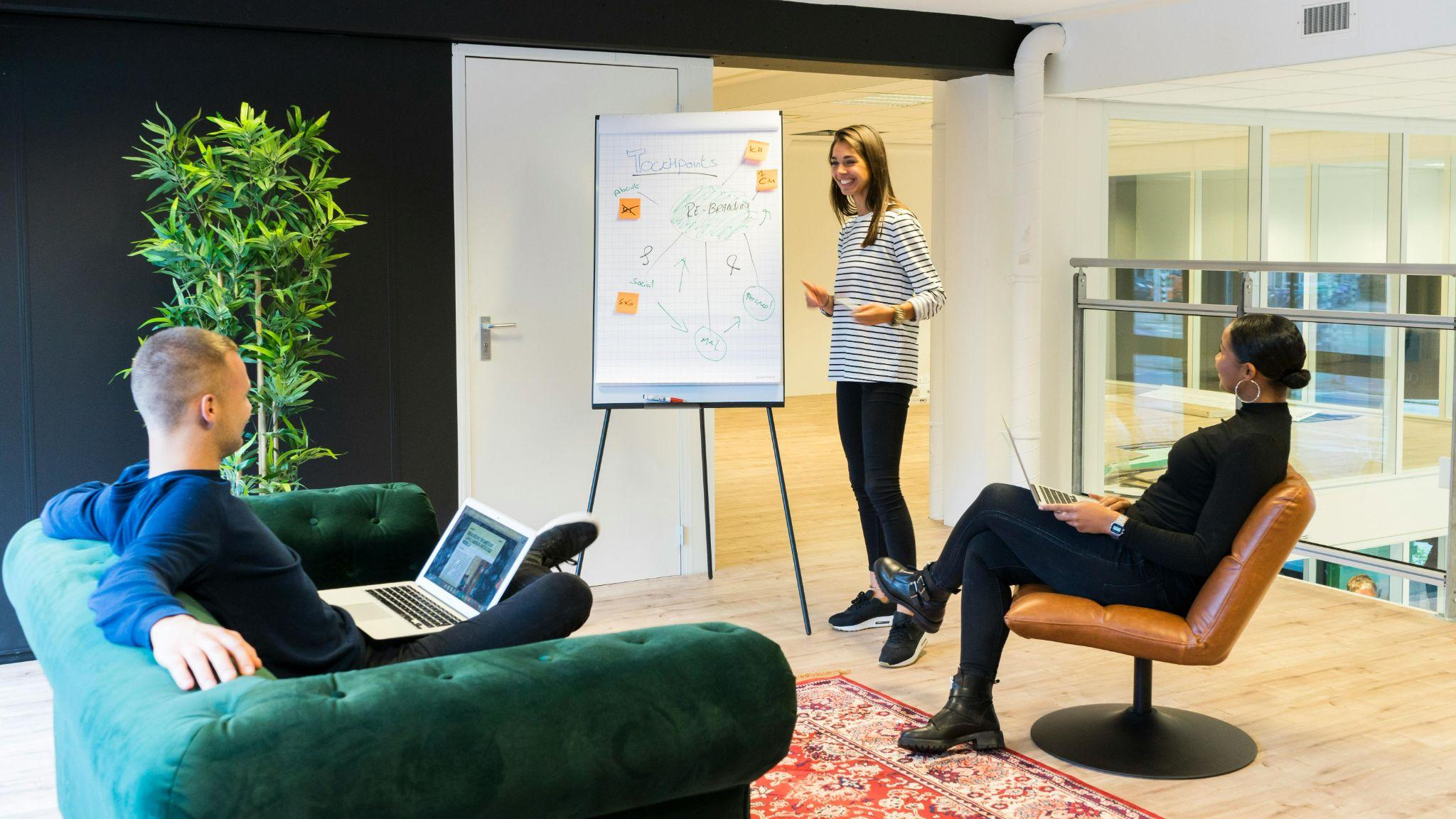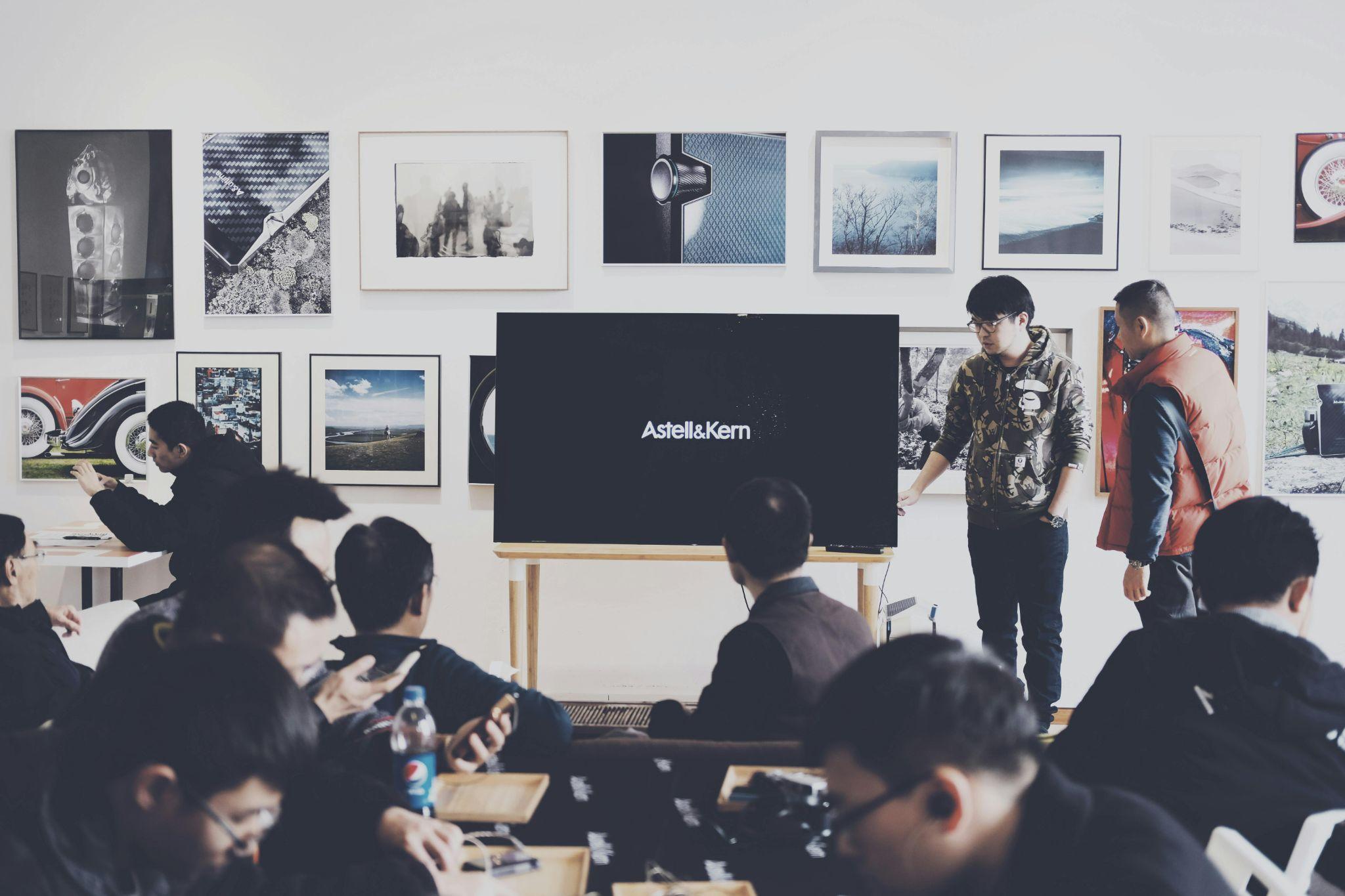The future of business innovation is being reshaped by unprecedented technological advances, evolving customer expectations, and mounting pressure to deliver transformative value. Organizations can no longer rely on incremental improvements alone—they must embrace bold, disruptive strategies that challenge traditional operating models. This comprehensive exploration examines seven critical trends that will define tomorrow’s innovation landscape, providing business leaders with actionable insights to navigate the rapidly changing environment. According to research from McKinsey & Company, companies that master innovation fundamentals consistently outperform their peers in both revenue growth and profitability.
Why Innovation Matters in Tomorrow’s Business Landscape
Strategic innovation has evolved from a competitive advantage to an existential necessity. Organizations that fail to innovate face market irrelevance, while those that embrace transformation unlock new revenue streams, operational efficiencies, and market leadership positions.
The Shift from Incremental to Disruptive Innovation
Businesses must transition from safe, predictable improvements to transformative innovation that fundamentally reimagines products, services, and business models. The following table illustrates the stark differences between these approaches:
| Aspect | Incremental Innovation | Disruptive Innovation |
|---|---|---|
| Risk Profile | Low to moderate | High but manageable |
| Time Horizon | Short-term (months) | Long-term (years) |
| Market Impact | Maintains position | Creates new markets |
| Resource Investment | Minimal reallocation | Significant commitment |
| Customer Response | Expected improvements | New value propositions |
Ecosystem & Collaborative Innovation Over Lone R&D
The era of isolated research and development has ended. Open innovation and strategic partnerships now drive breakthrough achievements through collective expertise and shared resources:
- Corporate venture capital programs that invest in complementary startups
- Innovation incubators providing infrastructure and mentorship to emerging ventures
- Joint development agreements combining capabilities across industry boundaries
- Customer co-creation initiatives involving end-users in design processes
- Academic partnerships bridging theoretical research with commercial applications
The Role of Governance, Culture & Change Readiness
Organizational culture determines whether innovation initiatives flourish or falter. Leadership must cultivate environments that embrace experimentation, tolerate calculated failures, and reward creative problem-solving. Essential enabling practices include transparent communication channels, cross-functional collaboration frameworks, agile decision-making processes, continuous learning programs, and psychological safety that encourages risk-taking.
Trend 1: AI, Agentic Models & Autonomy
Artificial intelligence has emerged as the cornerstone of modern business innovation, evolving from supportive technology to a fundamental driver of competitive differentiation and value creation.
Generative AI: From Tool to Business Model Enabler
Generative AI transcends operational efficiency to become embedded within core offerings across industries:
- Healthcare: Personalized treatment protocols and drug discovery acceleration
- Financial services: Custom portfolio strategies and automated risk assessment
- Retail: Dynamic product recommendations and virtual shopping assistants
- Manufacturing: Design optimization and predictive maintenance solutions
- Media: Content generation, personalization engines, and audience analytics
Agentic AI & Autonomous Decision Agents
Agentic AI represents a paradigm shift from tools requiring human oversight to autonomous systems capable of independent decision-making:
| Characteristic | Assistive AI | Agentic AI |
|---|---|---|
| Autonomy Level | Suggests options | Executes decisions |
| Human Involvement | Continuous oversight | Exception-based review |
| Learning Capability | Static models | Self-improving systems |
| Scope | Narrow tasks | Multi-domain operations |
AI-Driven Ideation, Forecasting & Innovation Analytics
Advanced AI systems now analyze market signals, generate novel concepts, and simulate outcomes before physical prototyping. Key capabilities include trend mining from unstructured data sources, automated hypothesis generation for product development, scenario modeling for strategic planning, competitive intelligence synthesis, and innovation portfolio optimization across risk-return dimensions.
Trend 2: Hyper-Personalization & Predictive Customer Insights
Modern consumers demand experiences tailored to their unique preferences, behaviors, and contexts. According to Harvard Business Review, companies excelling at personalization generate significantly higher customer satisfaction and revenue growth compared to competitors.
From Segments to Individuals: Micro-Segmentation
Data-driven micro-segmentation enables businesses to understand and serve customers at unprecedented granularity:
- Behavioral data tracking purchase patterns and interaction histories
- Psychographic information revealing values, attitudes, and lifestyle preferences
- Contextual signals including location, time, device, and environmental factors
- Social graph data mapping relationships and influence networks
- Biometric indicators for health, wellness, and emotional states
Predictive & Prescriptive Insights
| Analytics Type | Focus | Business Value |
|---|---|---|
| Descriptive | What happened | Historical understanding |
| Predictive | What will happen | Anticipatory planning |
| Prescriptive | What should happen | Optimized action recommendations |
Dynamic Products & Adaptive Services
Innovation increasingly manifests through offerings that evolve in real-time based on usage patterns and changing needs. Examples include modular product architectures allowing customer-configured features, usage-based pricing models aligning costs with value delivered, adaptive interfaces personalizing user experiences, and contextual service delivery responding to situational variables.
Trend 3: Smart Infrastructure & Edge Intelligence

Infrastructure must evolve beyond traditional cloud architectures to support distributed intelligence, real-time processing, and instantaneous innovation cycles.
Edge Computing, IoT & Real-Time Data Processing
Edge computing redistributes processing power closer to data sources, enabling latency-sensitive applications:
| Dimension | Cloud Computing | Edge Computing |
|---|---|---|
| Latency | 50-100ms typical | <10ms achievable |
| Bandwidth | High consumption | Optimized local processing |
| Privacy | Centralized data storage | Local data retention |
| Reliability | Internet-dependent | Autonomous operation |
Application-Specific Hardware, Semiconductors & Accelerators
Custom silicon and specialized processors optimize innovation workloads through tensor processing units for machine learning operations, field-programmable gate arrays for adaptable computing, neuromorphic chips mimicking brain architectures, photonic processors using light for computation, and quantum processing units for specific problem classes.
Digital Twins & Simulation as Innovation Testbeds
Digital twins create virtual replicas enabling risk-free experimentation:
- Product design validation before physical manufacturing
- Supply chain optimization modeling disruption scenarios
- Facility operations testing layout and workflow configurations
- Customer journey simulation identifying friction points
- Process innovation evaluating automation opportunities
Trend 4: Sustainability-Driven & Circular Business Models
Sustainability has transcended corporate responsibility to become a wellspring of competitive innovation and market differentiation.
Circular Economy, Product-as-a-Service & Resource Loops
| Model Aspect | Linear Economy | Circular Economy |
|---|---|---|
| Value Flow | Make, use, dispose | Design, use, return, regenerate |
| Ownership | Asset purchase | Access and service |
| Materials | Virgin resources | Recycled and renewable |
| Profit Driver | Volume throughput | Longevity and reuse |
Embedded ESG & Stakeholder-Driven Innovation
Environmental, social, and governance considerations now shape innovation priorities through carbon footprint reduction in operations and offerings, supply chain transparency and ethical sourcing, inclusive design serving diverse populations, employee wellbeing integrated into workplace innovation, and community impact assessments for new ventures.
Regenerative, Bio-Inspired & Nature-Based Design
Biomimicry and regenerative principles offer innovation pathways aligned with natural systems:
- Self-healing materials mimicking biological repair mechanisms
- Closed-loop processes eliminating waste through systemic design
- Adaptive structures responding to environmental conditions
- Biodegradable components returning safely to ecosystems
Trend 5: Hyperautomation & Composable Architectures
Innovation velocity depends on modular systems enabling rapid reconfiguration and intelligent automation orchestrating complex workflows seamlessly.
Low-Code/No-Code & Automation Platforms
Democratized development empowers non-technical innovators to build solutions. Essential capabilities include visual workflow designers, pre-built integration connectors, automated testing frameworks, version control and governance, and scalable deployment infrastructure.
Composable Systems & Modular Tech Stacks
| Architecture | Monolithic | Composable |
|---|---|---|
| Flexibility | Rigid structure | Modular components |
| Update Speed | System-wide changes | Independent updates |
| Vendor Lock-in | High dependency | Interchangeable parts |
| Innovation Pace | Slow iteration | Rapid experimentation |
Intelligent Workflow & Autonomous Process Orchestration
AI-powered orchestration chains automation intelligently across customer onboarding workflows combining verification, communication, and provisioning, supply chain coordination synchronizing procurement, logistics, and inventory, incident response automating detection, triage, and resolution, and financial closing processes integrating data collection, reconciliation, and reporting.
Trend 6: New Frontiers: Extended Reality, Spatial Tech & Quantum Computing

Emerging technologies promise revolutionary capabilities that forward-thinking organizations are beginning to harness for competitive advantage.
Immersive Platforms: Metaverse, AR/VR for Business Innovation
Extended reality enables transformative business applications:
- Virtual prototyping and collaborative design reviews
- Immersive training simulations for complex procedures
- Remote assistance overlaying expert guidance
- Virtual showrooms and product demonstrations
- Distributed team collaboration in shared spaces
Spatial Computing & Ubiquitous Interfaces
Interactions expand beyond traditional screens through voice-activated assistants for hands-free operation, gesture recognition enabling intuitive control, ambient computing responding to environmental context, haptic feedback providing tactile information, and brain-computer interfaces exploring direct neural connections.
Quantum & Next-Gen Computing as Innovation Accelerators
| Computing Type | Strengths | Innovation Applications |
|---|---|---|
| Classical | General-purpose computing | Standard business operations |
| Quantum | Parallel state processing | Optimization, simulation, cryptography |
| Neuromorphic | Pattern recognition | Sensory processing, anomaly detection |
Trend 7: Innovation Governance, Ethics & Responsible AI
Sustainable innovation requires embedding ethical considerations and trust mechanisms throughout development and deployment processes.
AI Safety, Bias Mitigation & Explainability
Essential guardrails include algorithmic fairness testing across demographic groups, model transparency enabling decision interpretation, robust validation preventing unintended consequences, human oversight for high-stakes decisions, and continuous monitoring detecting performance drift.
Innovation Oversight, Ethical Review Boards, Trust Frameworks
- Cross-functional ethics committees evaluating innovation proposals
- Impact assessment protocols identifying potential harms
- Stakeholder consultation engaging affected communities
- Audit trails documenting decision rationales
- Accountability structures assigning responsibility
Regulatory-Responsive Innovation & Digital Regulation
Organizations must navigate evolving regulatory landscapes encompassing data privacy laws like GDPR and CCPA, AI governance frameworks addressing algorithmic accountability, environmental regulations mandating sustainability reporting, consumer protection standards for digital services, and industry-specific compliance requirements.
How Business Leaders Can Prepare Today
Successful navigation of these trends requires deliberate capability building, strategic investments, and cultural transformation beginning immediately.
Strategic Capabilities Assessment & Roadmapping
| Timeline | Capability Domain | Key Initiatives |
|---|---|---|
| 0-6 months | Assessment & Planning | Current state evaluation, gap analysis |
| 6-12 months | Foundation Building | Platform selection, pilot programs |
| 12-24 months | Scaling & Integration | Enterprise deployment, ecosystem partnerships |
Building Innovation Talent & Cross-Functional Teams
Critical competencies include data science and AI engineering, design thinking and user experience, agile methodology and iterative development, systems thinking and architecture design, change management and stakeholder engagement, and emerging technology scouting and evaluation.
Pilot, Experiment & Fail Fast Culture
Rapid learning requires minimum viable product development testing core hypotheses, controlled experiments comparing alternatives systematically, innovation sprints time-boxing exploration, learning retrospectives extracting insights from failures, and safe-to-fail environments isolating experimental risk.
Investing in Platforms, Infrastructure & Partnerships
Strategic investments span cloud and edge computing infrastructure, AI and analytics platforms, collaboration and communication tools, security and compliance systems, and ecosystem alliances with technology providers, research institutions, startups, and complementary businesses.
Conclusion
The future of business innovation belongs to organizations that strategically combine technological foresight, organizational agility, ethical responsibility, and bold investment. The seven trends explored—from agentic AI and hyper-personalization to sustainable business models and quantum computing—represent both opportunities and imperatives. Leaders must act decisively today, building capabilities, fostering innovation cultures, and forging strategic partnerships that position their organizations not merely to adapt to tomorrow’s landscape but to actively shape it. Success requires balancing experimentation with governance, ambition with responsibility, and vision with execution.

